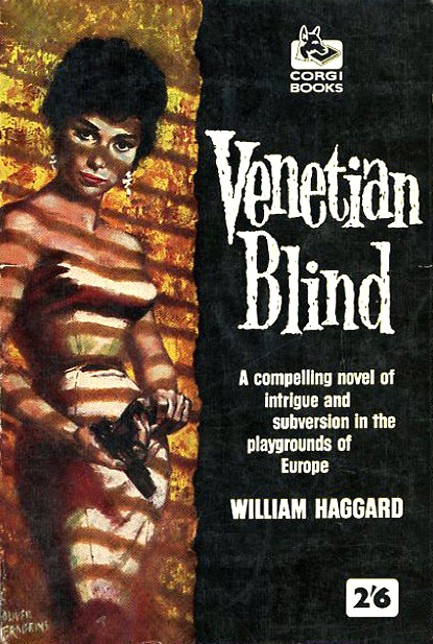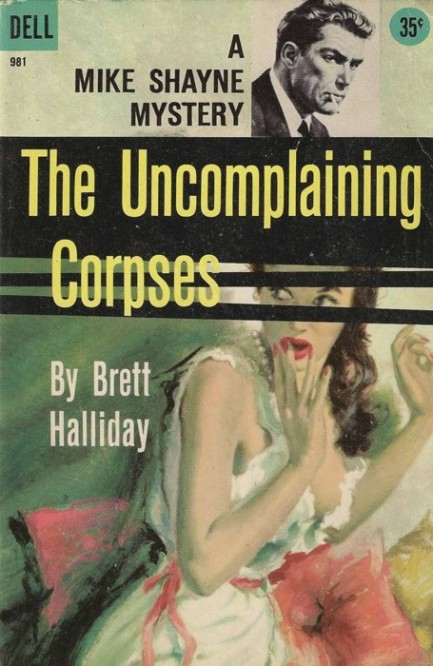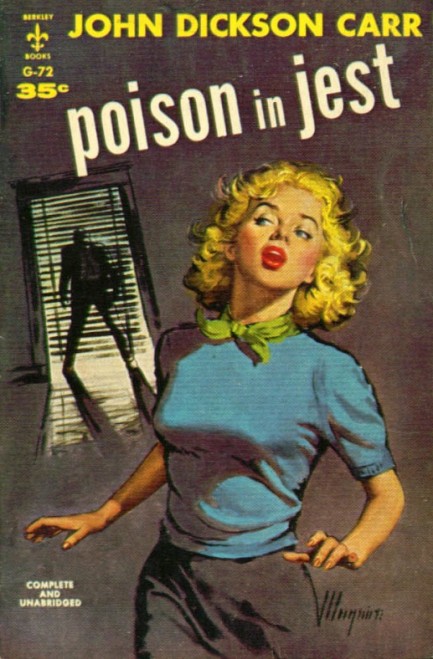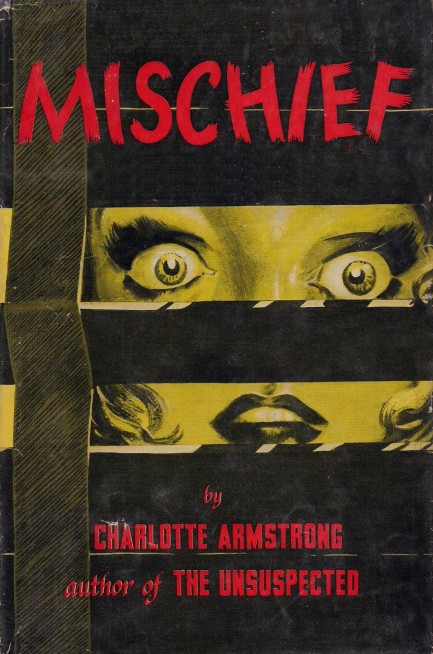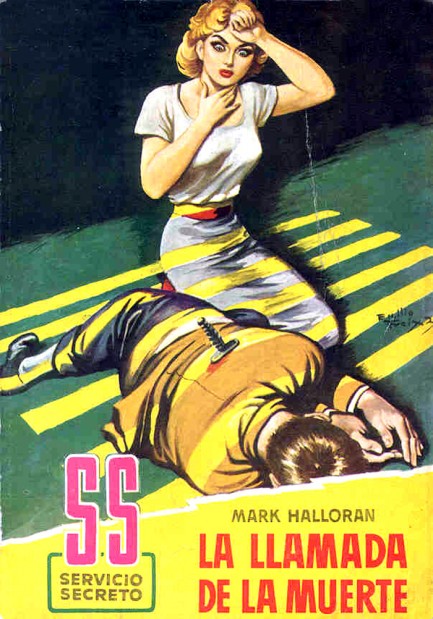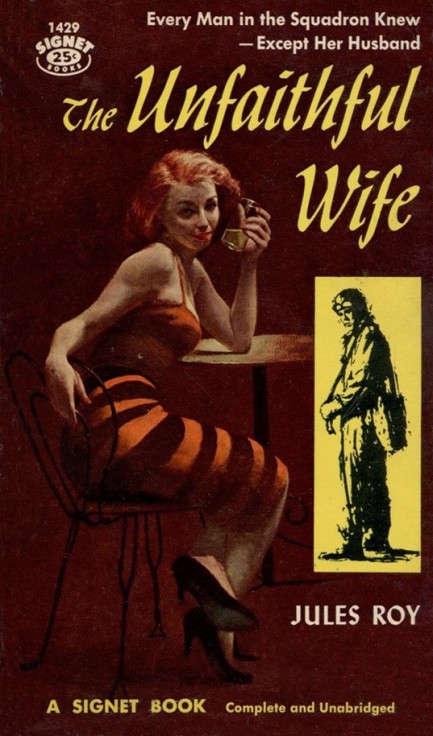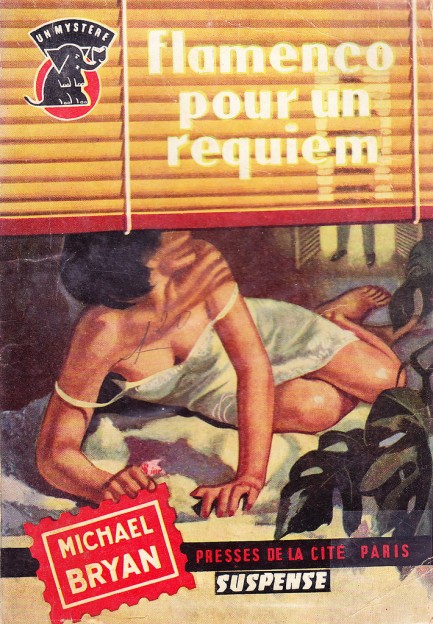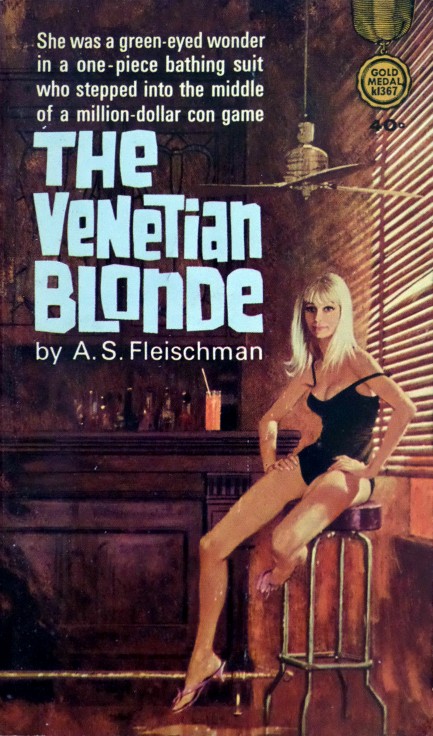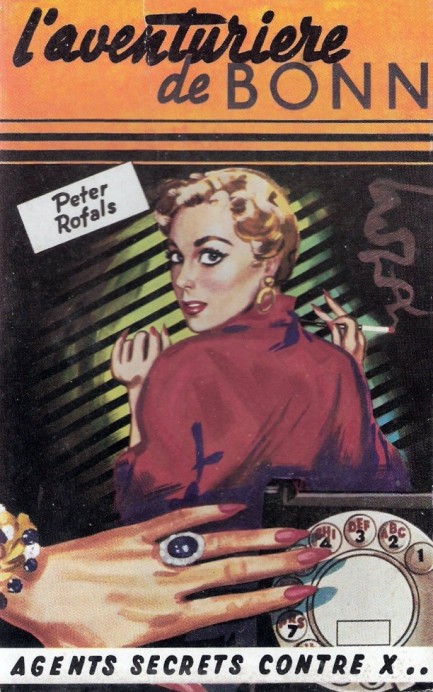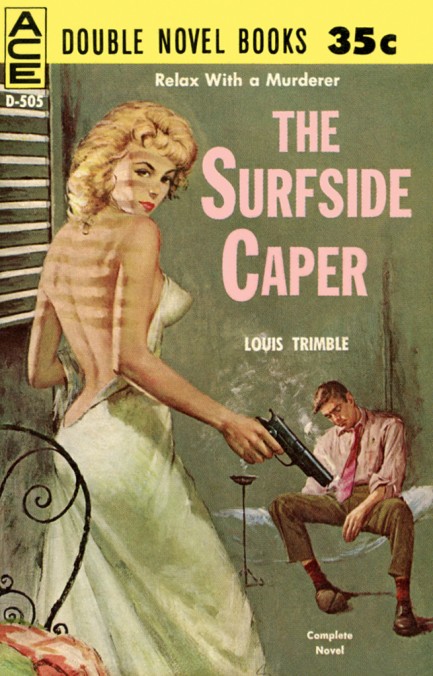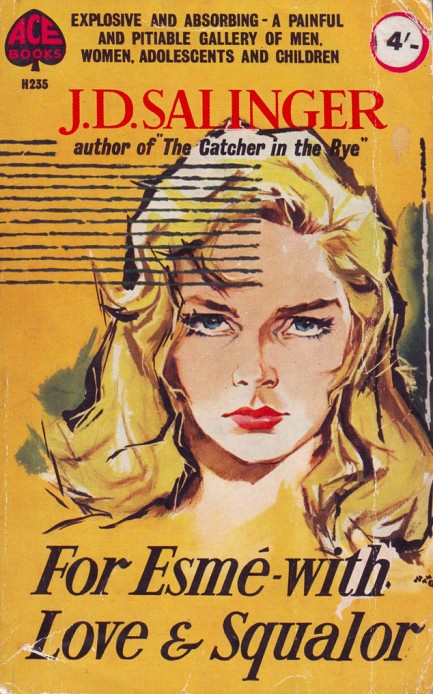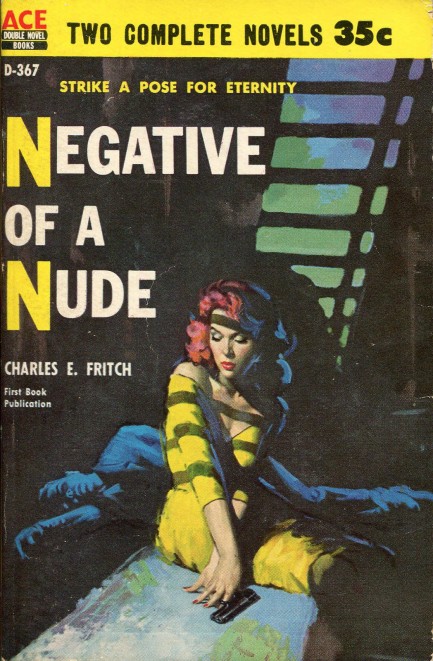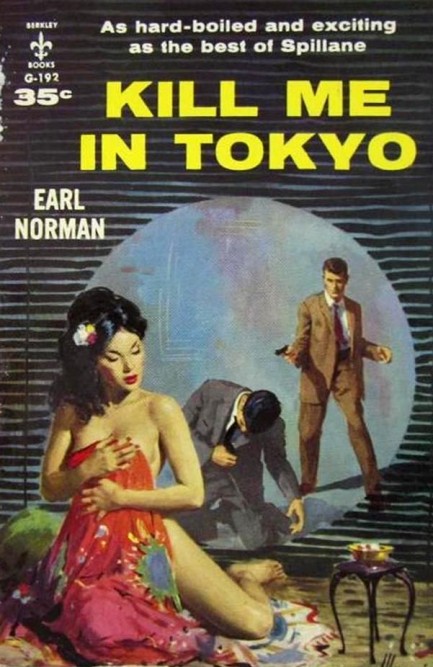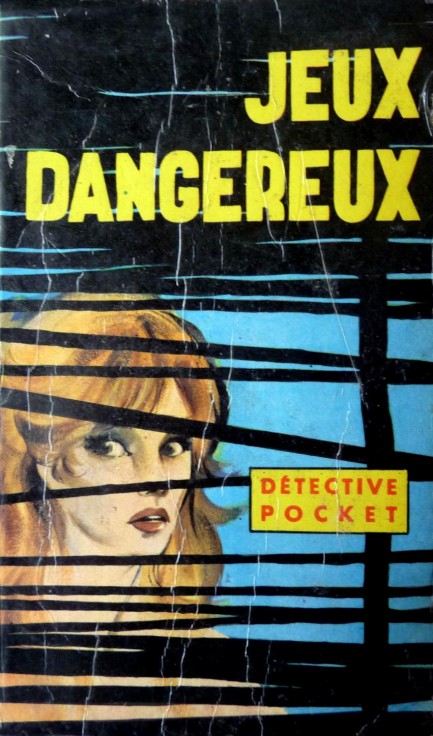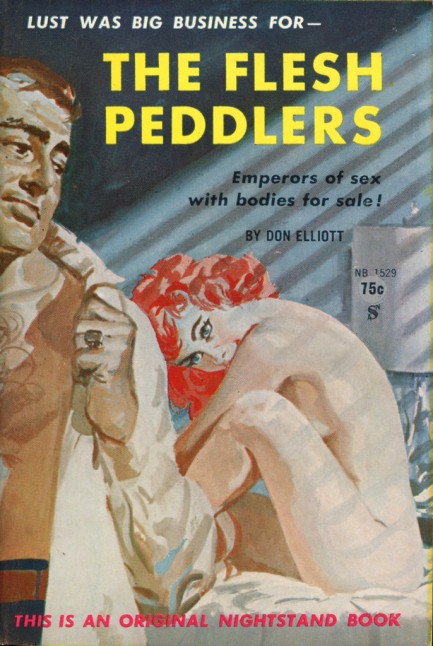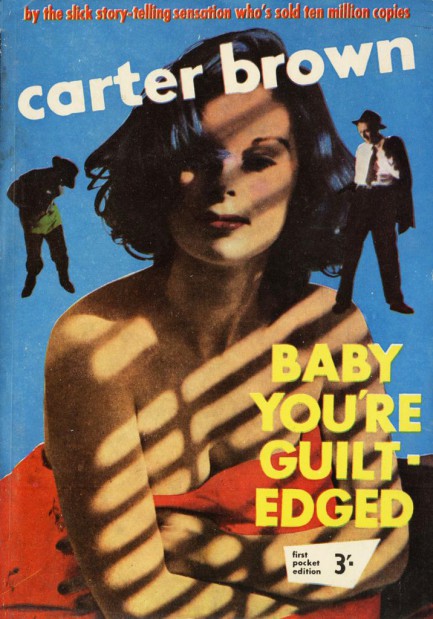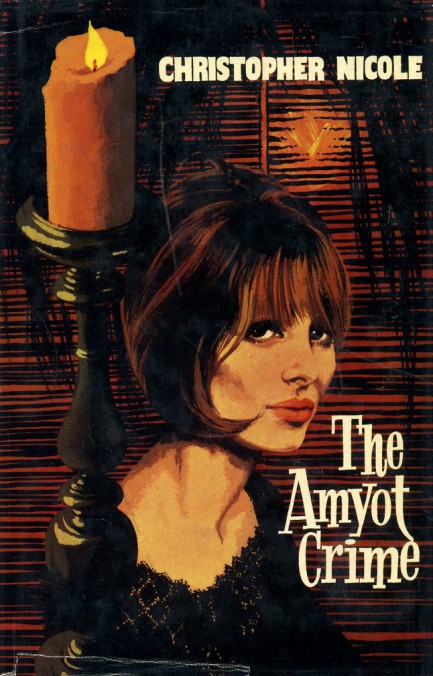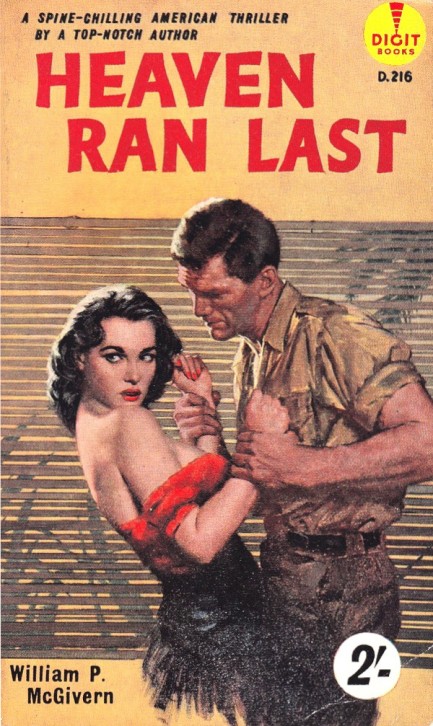| Vintage Pulp | Oct 2 2021 |

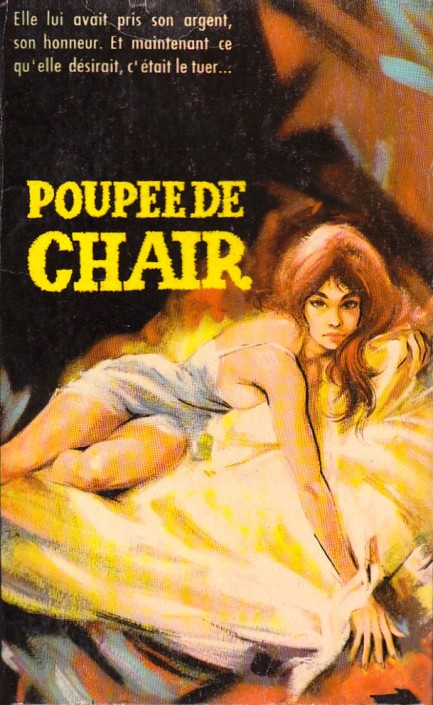
Above: a cover for Poupée de chair, 1963, by Hans J. Nordling, from Éditions Baudelaire—not to be confused with the publisher currently partnered with Hatchette. In French “poupée” means doll, and “chair” means flesh, so there's your title in English—"flesh doll." The book deals with a woman trapped in an unconsummated marriage, whose rival for her husband's affections is her own mother. How very French. We like the art on this, which we're going to say with a high degree of confidence was painted by James Hodges. It was cropped from a larger piece, we suspect, because his femme fatale is reaching for a gun you can barely see at lower right. See more from Hodges here, here, and here.
| Vintage Pulp | Mar 11 2019 |

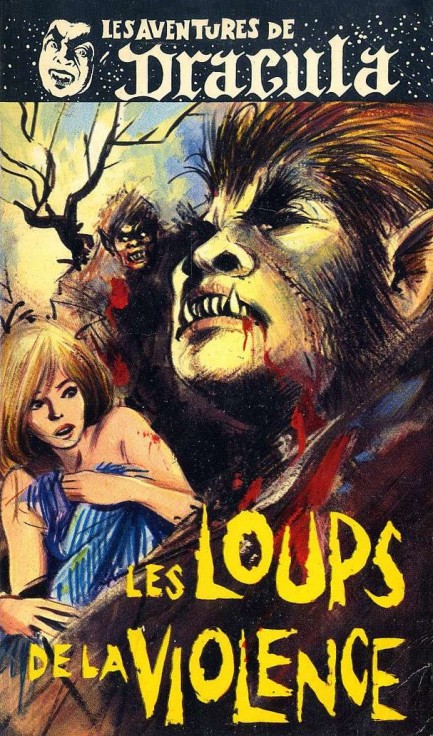
We just wrote about a French werewolf novel—The Werewolf of Paris by Guy Endore—and now we've come across Les loups de la violence by Michael Shiofy. Some sources claim this was written by Belgian author Guy de Wargny under a pseudonym, but it's actually a 1966 reprint of a 1965 Italian novel called La dama dei lupi, which was written by Harry Small, a pseudonym used by Mario Penzauti. Yes, it's always complicated with these European books. It was published in France by Éditions Bel Air and was part of its Les Adventures de Dracula line, a twelve book series that featured all kinds of monsters, but not Dracula, strangely. However a vampire did star in entry nine, Frank Graegorius's Le vampire de la pleine lune, so that counts, we guess. We haven't read this. If it's as good as The Werewolf of Paris we'd be shocked. But the cover is comparable, we think. It was painted by James Hodges, whose artistic virtues we've extolled before. To see him at his best we suggest you check here and here.
| Intl. Notebook | Jan 19 2015 |

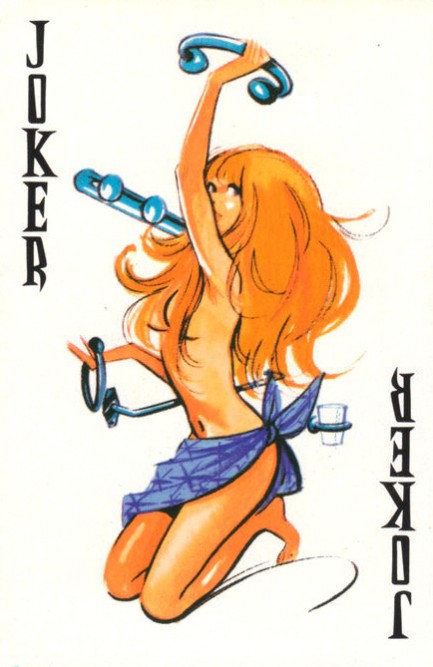
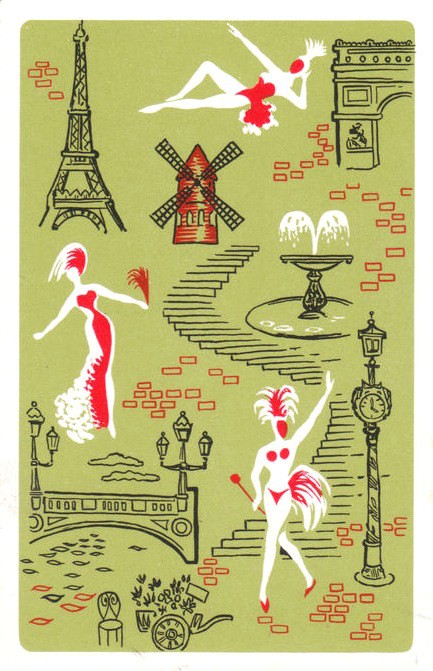
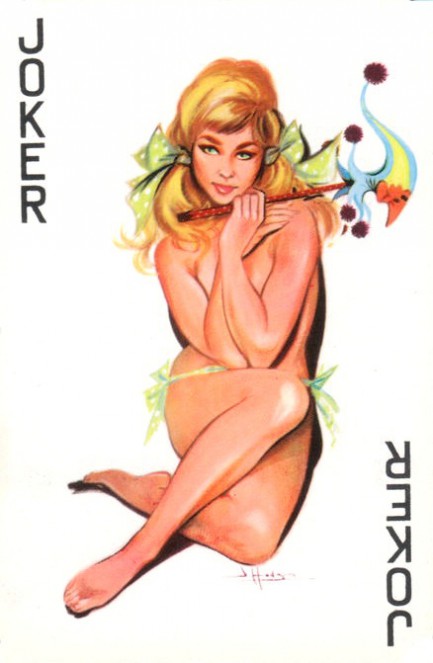
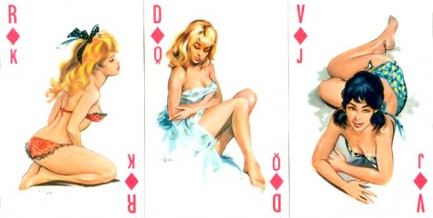
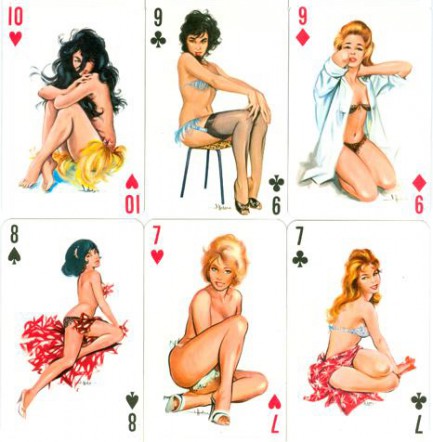
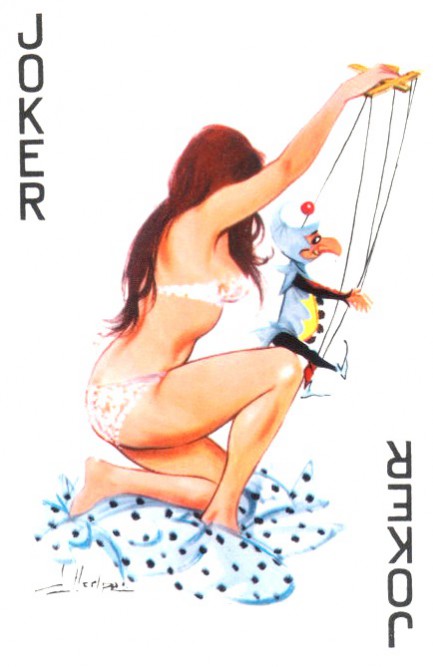
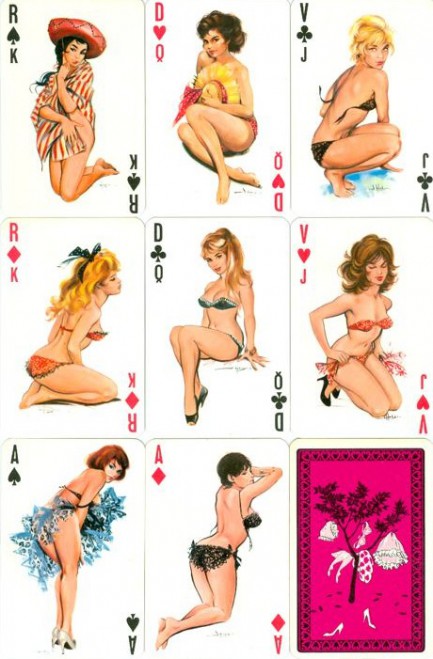
| Vintage Pulp | Dec 7 2014 |

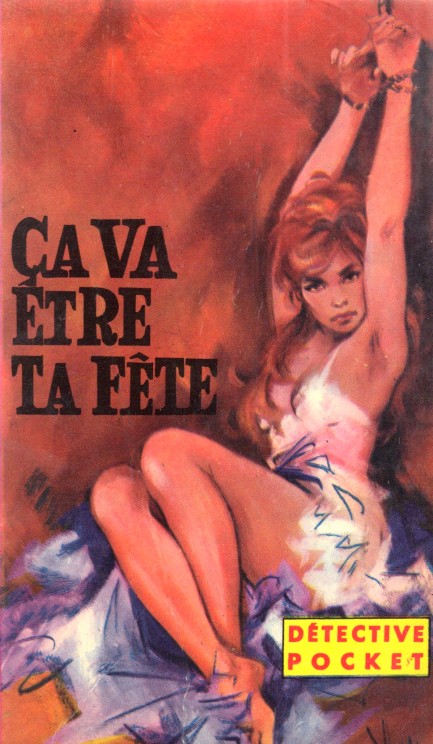

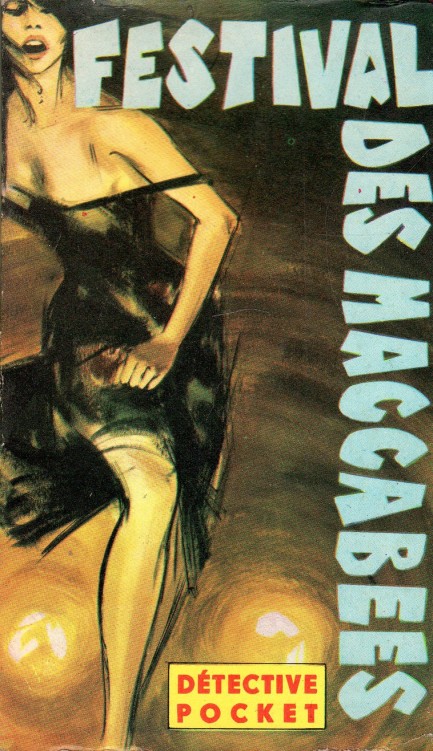
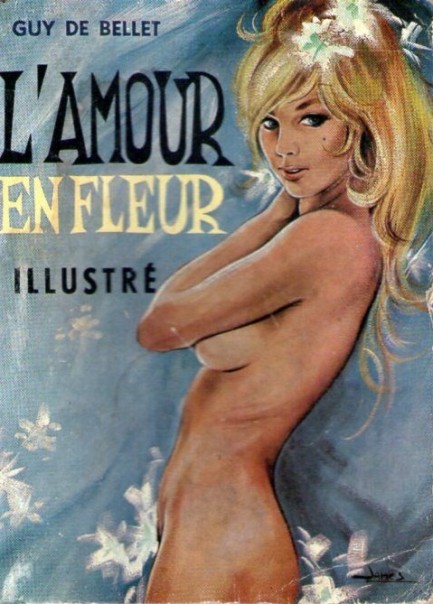
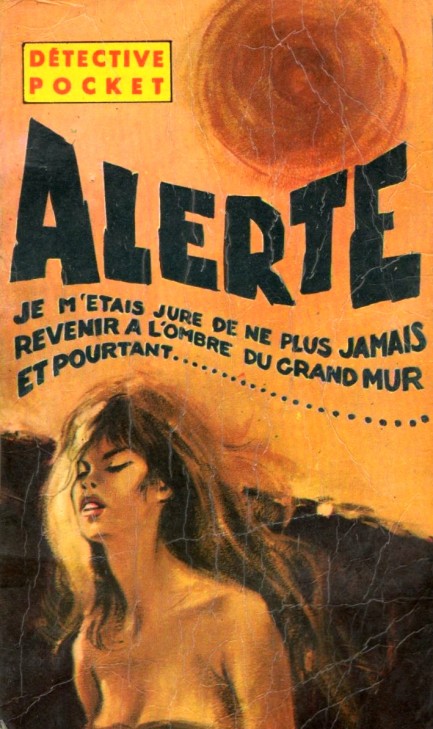
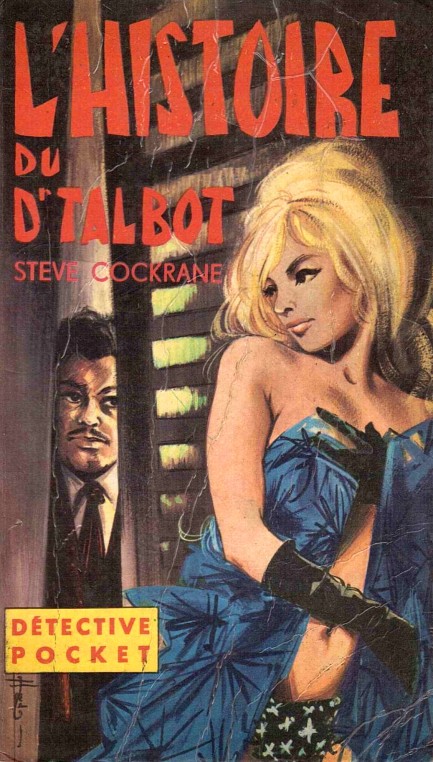
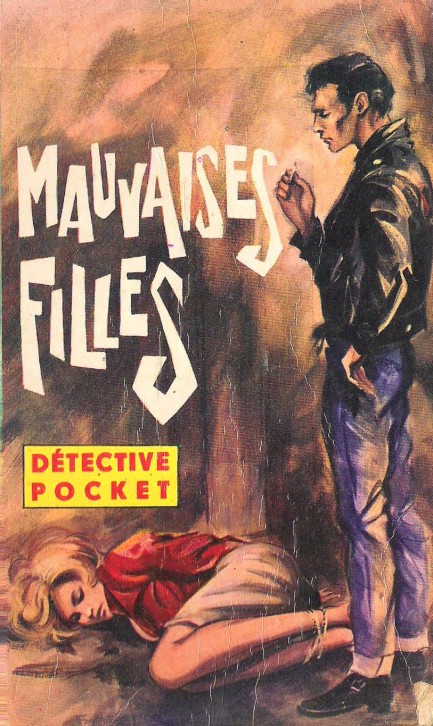
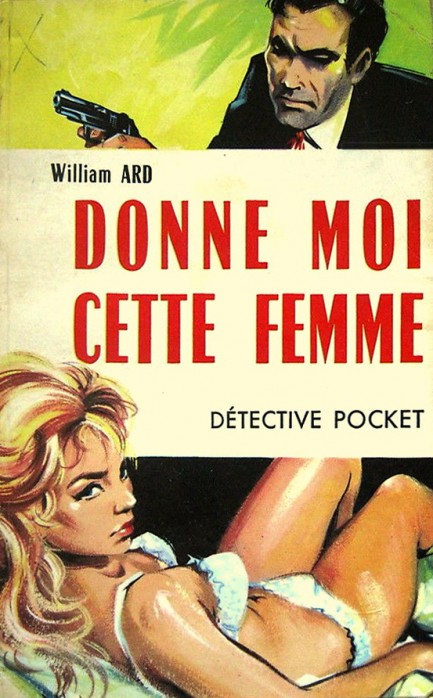
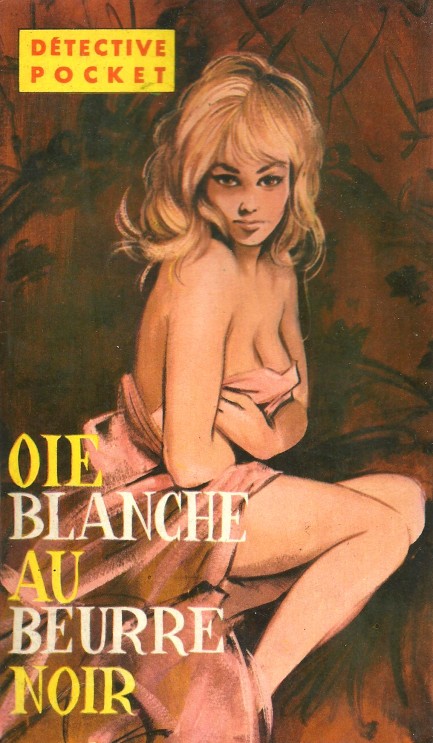
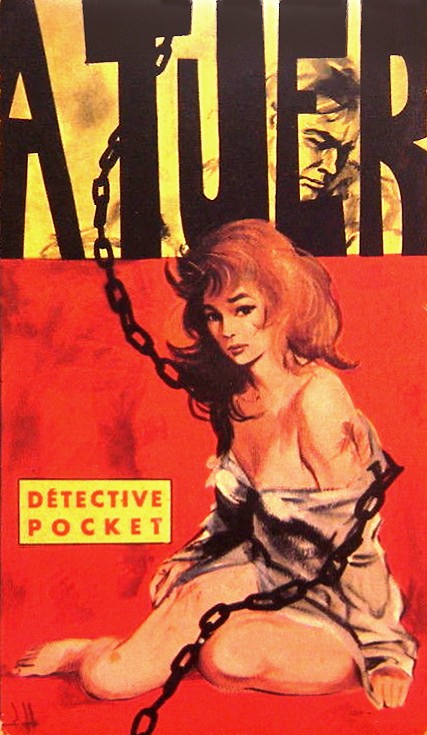
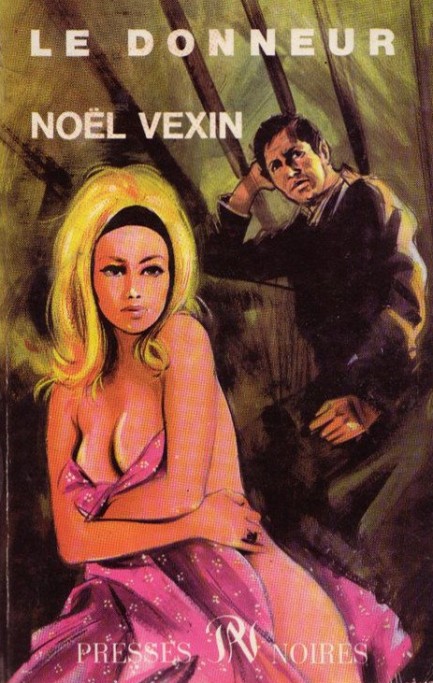
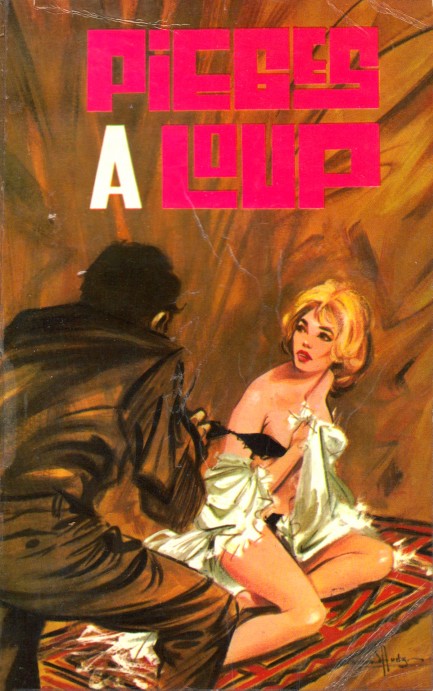
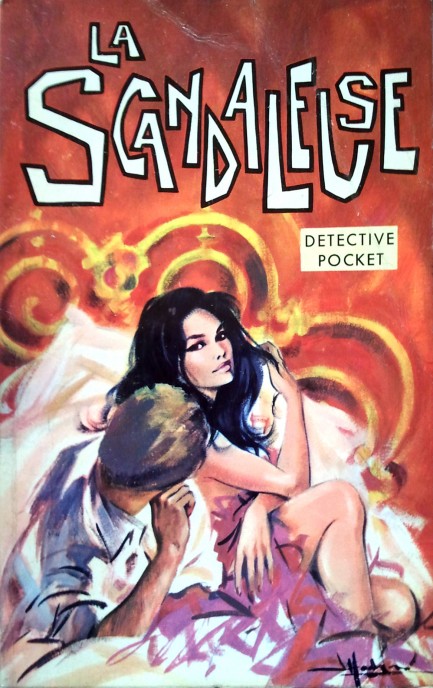
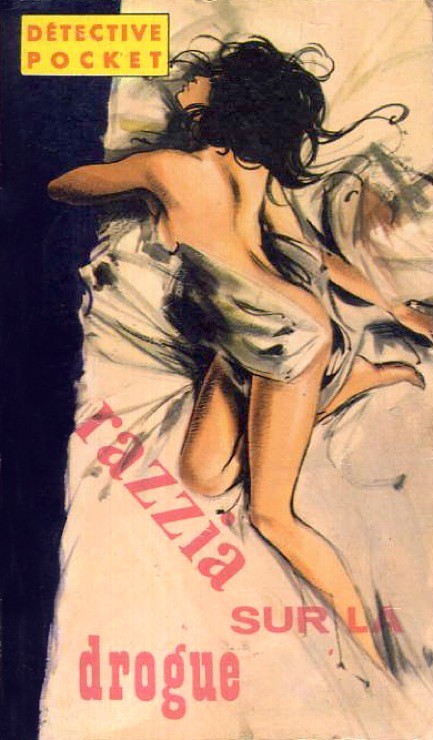
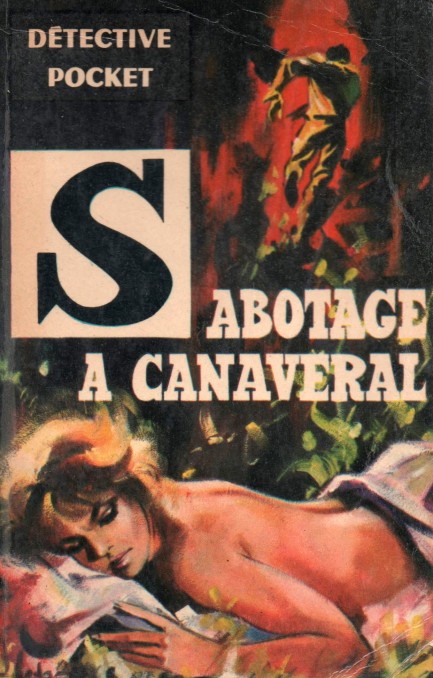
Above are fifteen more covers from French artist James Hodges, who we’re still trying to learn details about. Was he actually French, with a name like James? That much seems certain. Was he a genius? Clearly. We’ll keep digging until we know all there is to know.
Update: On the other hand, he could be less of a genius than we thought...
| Vintage Pulp | Oct 28 2014 |


Above, La Vie Parisienne #202 of October 1967—more than one hundred years into its existence by this point—with an uncredited cover star, and interior photos of Gina Lollobrigida, Dany Carrel, Terry Martine, Jane Fonda, Slovenian actress Sceila Rozin, aka Spela Rozin, and other celebs. There’s also a shot of Talitha Pol from Barbarella, and some of you may remember she married the fast living John Paul Getty, Jr. (he of the kidnapped son, though not Pol’s) and later died of a heroin overdose. You also get some truly excellent ink illustrations by the diverse James Hodges, not to be mistaken for contemporary artist Jim Hodges. James Hodges was a French pin-up artist of the 1960s who also became a magician and illustrated magic books, painted playing cards, and designed stage sets. See more from La Vie Parisienne here.
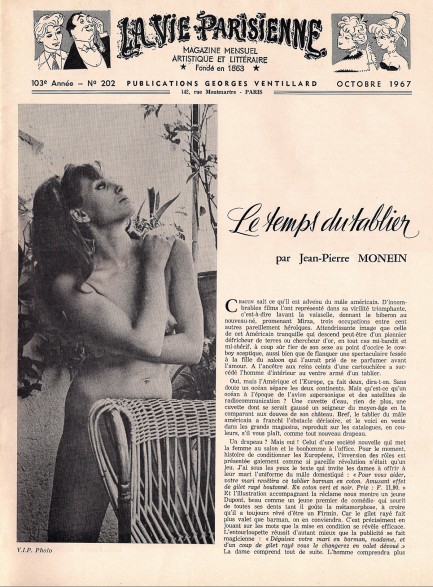
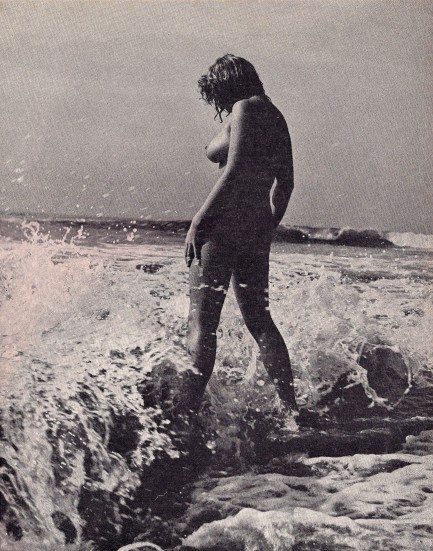
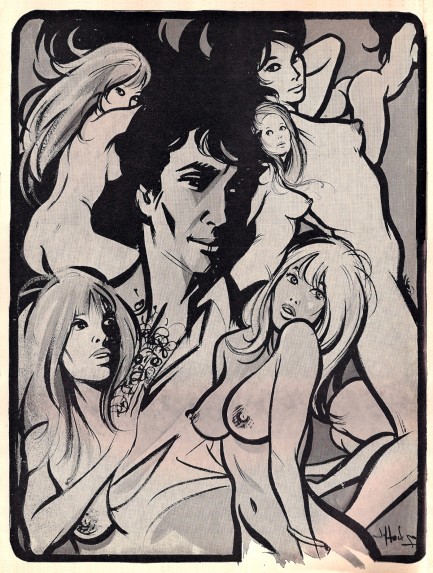
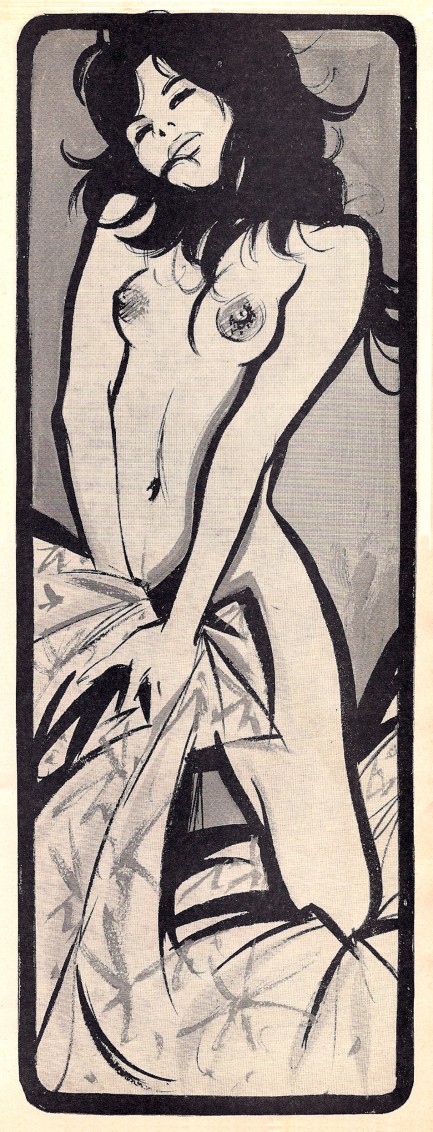
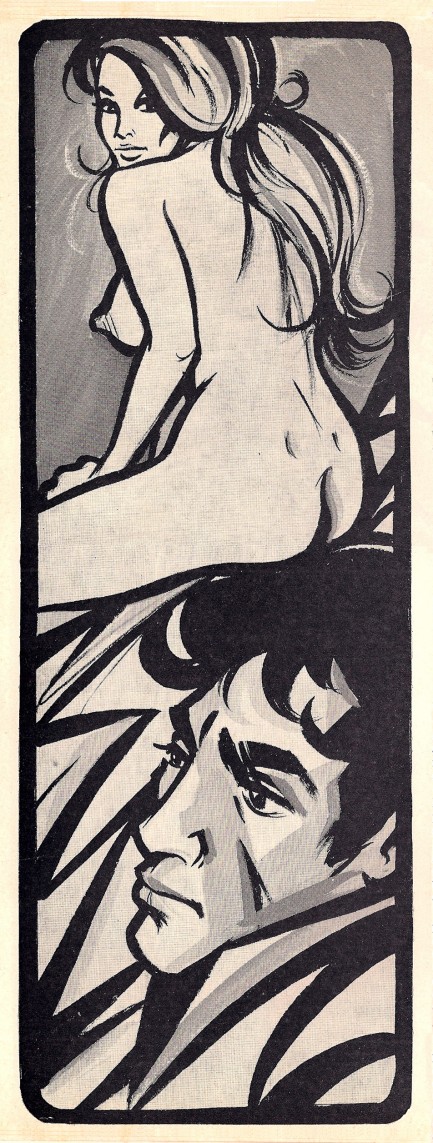
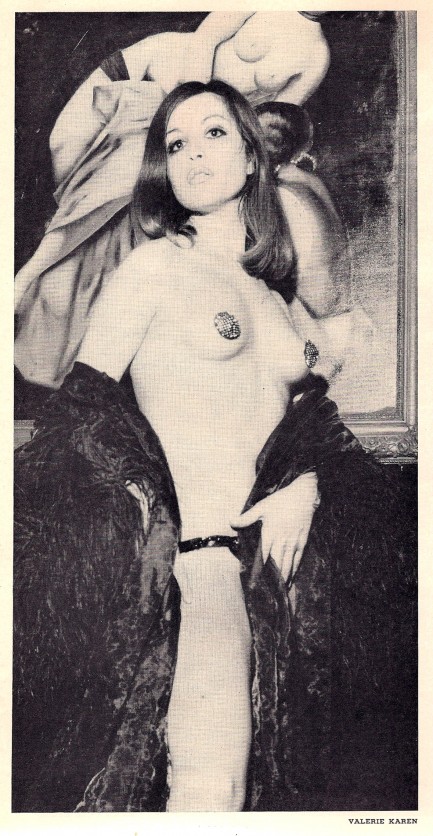
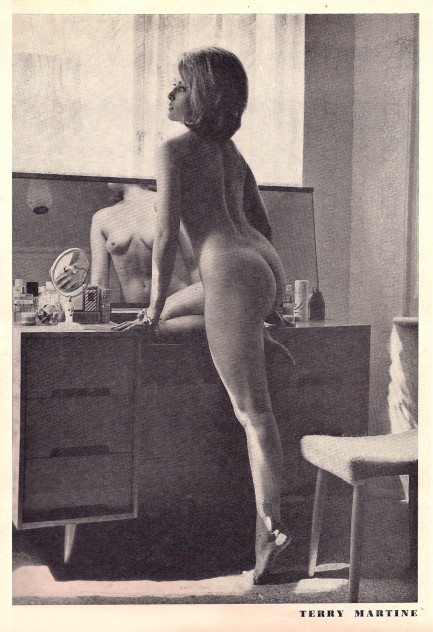
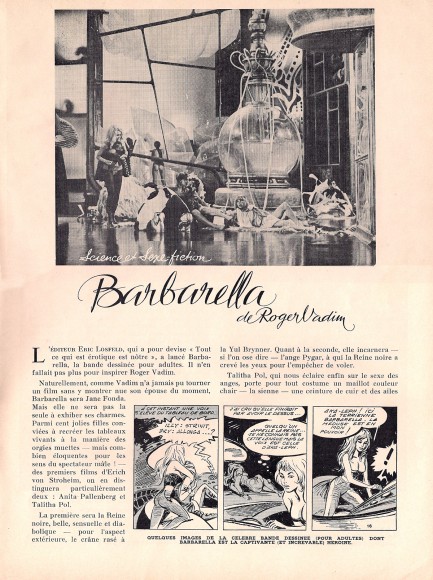
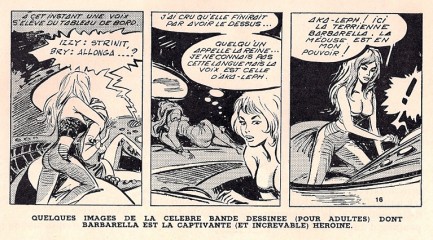
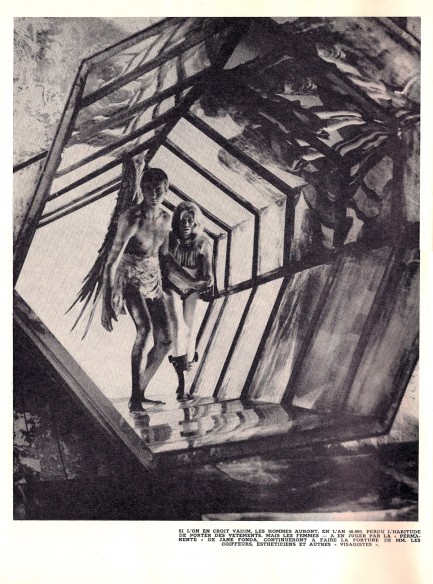
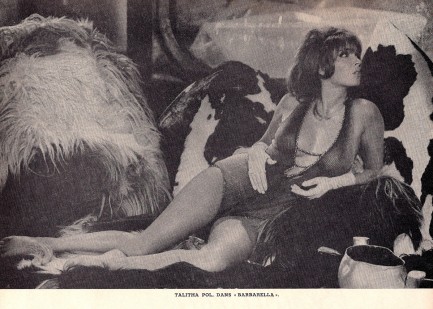

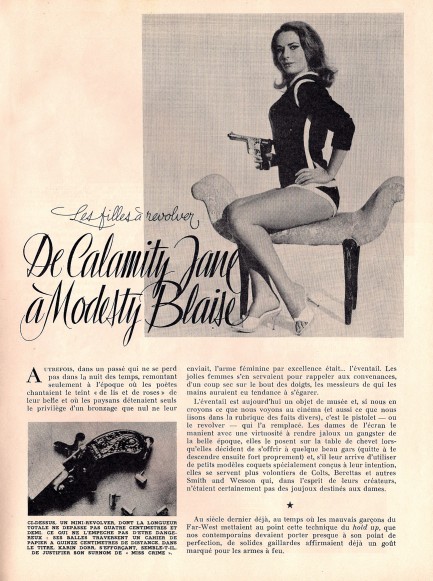
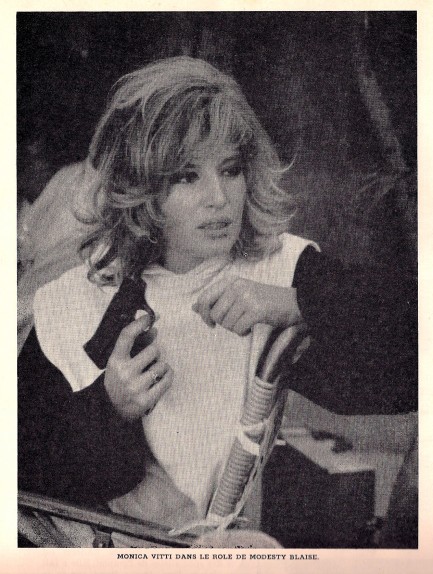
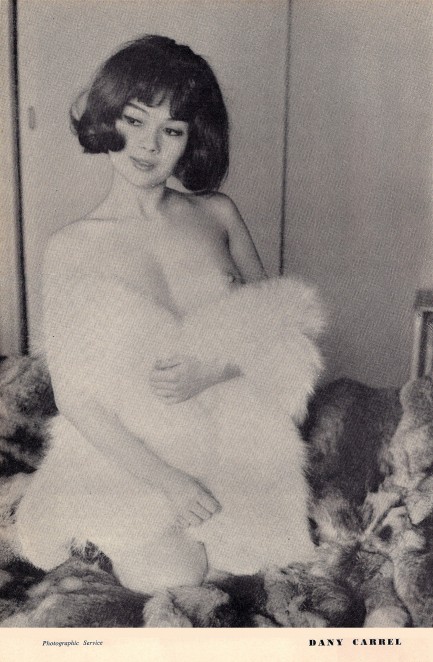
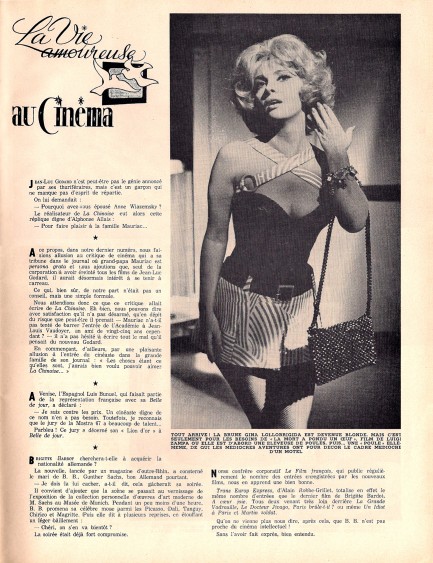
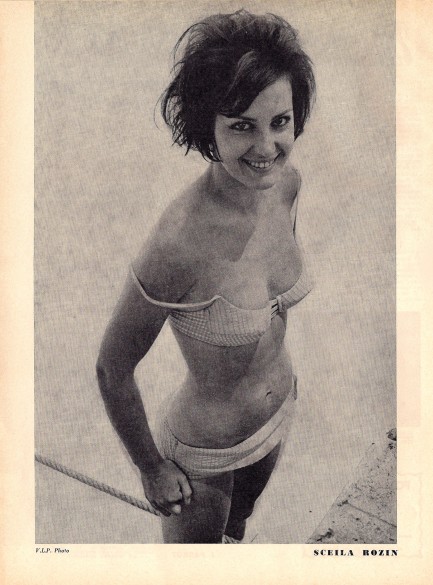
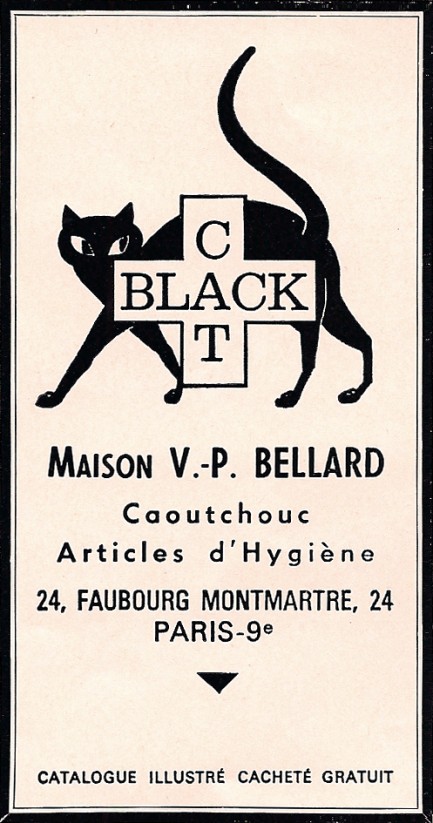
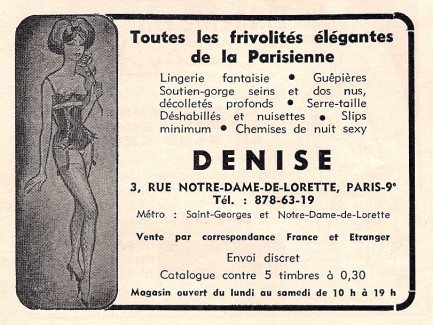
| Vintage Pulp | Sep 27 2014 |

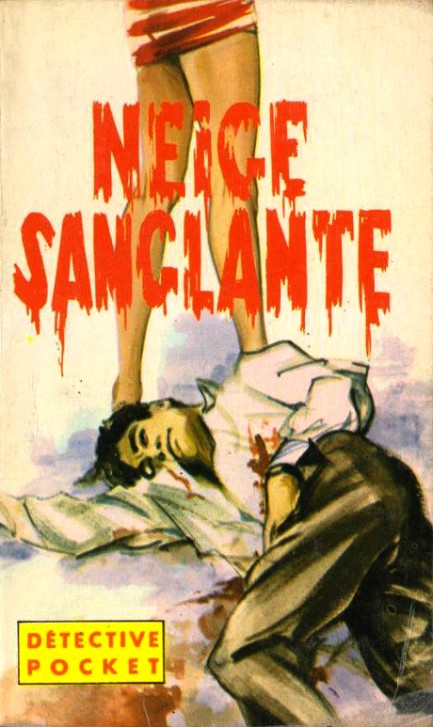
Neige sanglante, which means “bloody snow,” was authored by Irving Le Roy, in reality Robert Georges Debeurre, because no French post-pulp author ever wrote under his/her own name. This book comes from Paris based Éditions Bel-Air, is number 76 in their Détective-Pocket collection, and is a romantic thriller involving a woman in love with a philandering man. Does the cover give away what happens next? Well, maybe. But you can bet he deserved it. The artist is James Hodges, and we’ll have more from him in the future. 1967 on this.
| Vintage Pulp | Feb 2 2014 |

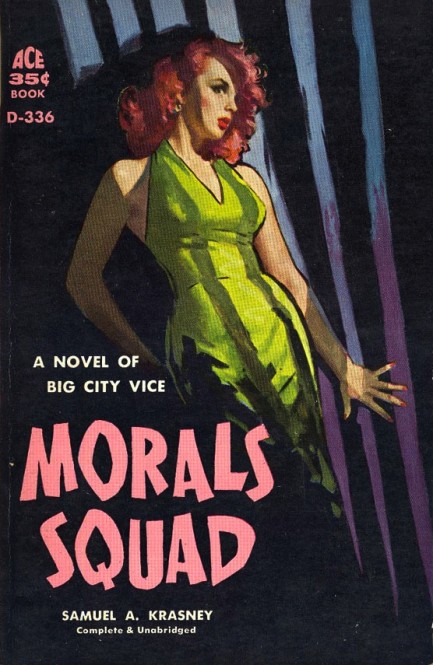
We’ve explored several cover motifs in pulp art, and another we’ve grown to appreciate is the use of venetian blind shadows or silhouettes. Always a dramatic addition to a cover, we could probably compile fifty of these, at least, but here are twenty examples. The artists—Emilio Freix, Robert Maguire, James Hodges, and others—use them to greater and lesser degrees, and opt for both literal and stylized renderings. For instance, the above cover from Maguire shows vertical shadows, but the sense of venetian blinds remains. As always, thanks to all the original uploaders.